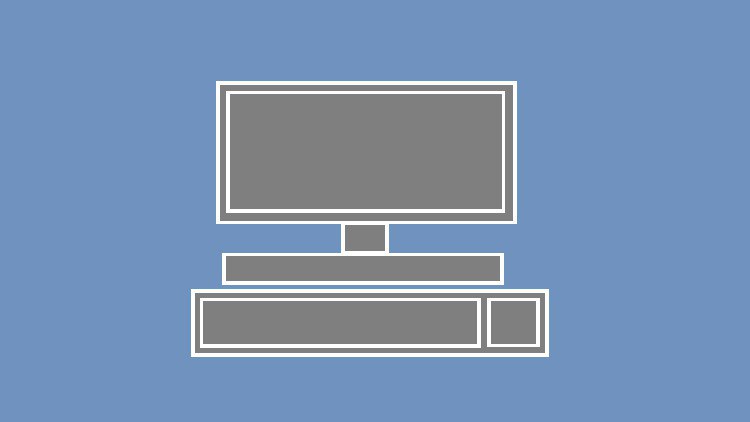Requirements
- To be an IT Professional with around 1-2 years experience
Description
Over this course, we’ll be covering legacy operating systems and the things you need to know when troubleshooting any issues. Course topics include the following:
* Hardware ports that you would find on older machines, such as PS/2, USB, Parallel, Serial & SCSI ports.
* Legacy file systems such as FAT16 and FAT32.
* Legacy boot configuration files and how they work
* Plug and play support for hardware devices
* Security considerations and compatibility mode
* System activation and built-in applications
* An overview of machine virtualisation and dual-booting between different operating systems.
Also included in this course are some real-world examples of where you might find older machines, and what the best procedure is within most organisations when planning any changes, whether this is due to an emergency, or due to a planned upgrade or decommissioning of old equipment during a major project.
Note that wherever possible, legacy hardware should no longer be in use on a production network, however this course is designed to help you deal with those situations where this simply isn’t possible, for example if the cost of replacing equipment is too great, or if there is any other reason this needs to remain operational, such as legal or compliance reasons specific to an organisation.
Who this course is for:
- IT Professionals wanting to learn more about legacy operating systems

No Comments
Leave Comment